Untapping NYC’s Tap Water: Why Is It the Best in the U.S.?
Every New Yorker has heard the phrase: “there is something in the water.” This mystical quality, the theory goes, is the secret ingredient behind the…
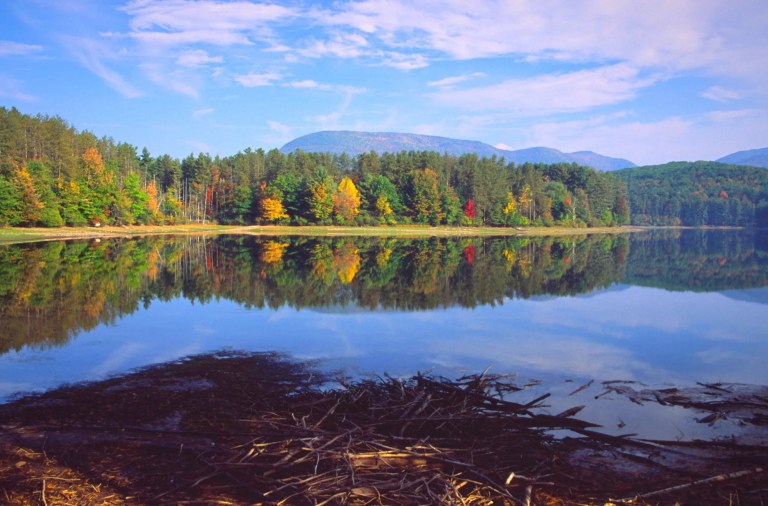
Every New Yorker has heard the phrase: “there is something in the water.” This mystical quality, the theory goes, is the secret ingredient behind the…
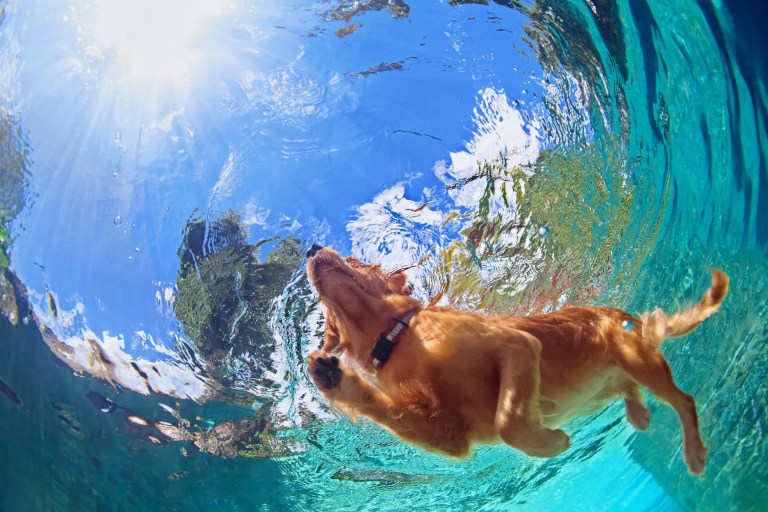
Pools are as inextricably linked with summer as the beach, barbecues, vacation, and the hot sun. NSF/ANSI/CAN 50-2025, both an American National Standard and a…
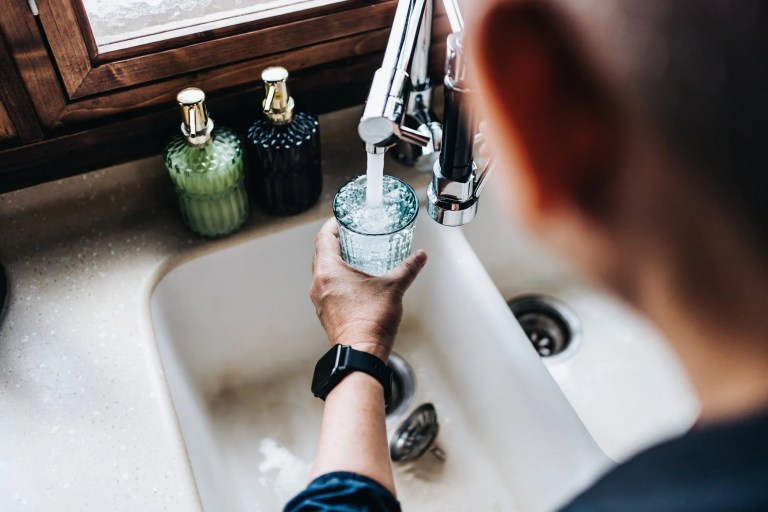
The Center for Disease Control and Prevention (CDC) estimates that 1.1 million people in the United States get sick every year from germs in drinking…
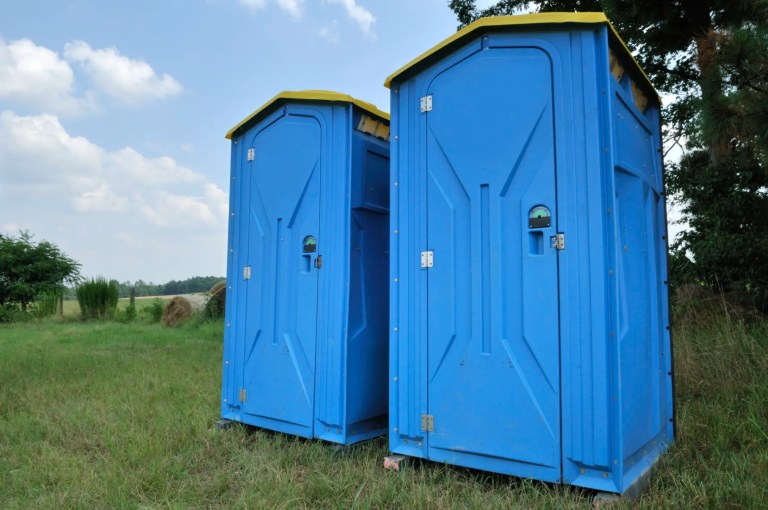
Applicable to all construction and demolition job site, the American National Standard ANSI/ASSP A10.25-2023: Sanitation in Construction – Construction and Demolition Operations is purposed with…
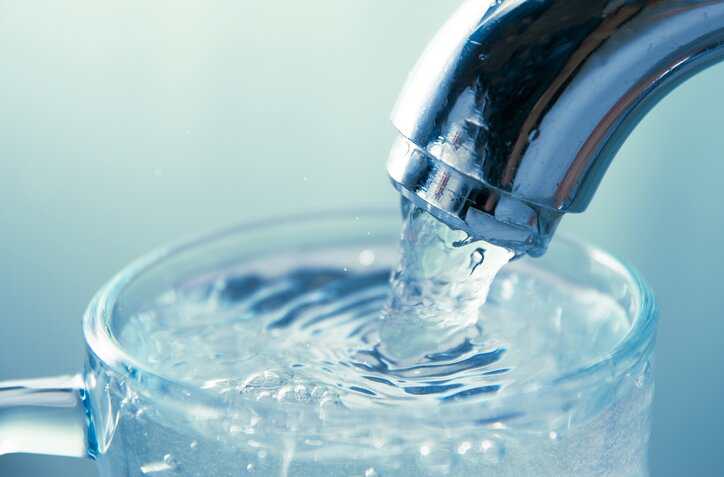
Every day we drink water, but how is the quality of drinking water determined? Water quality testing devices (WQTDs) include, for example, portable kits, digital pH…

The word “spa” is thought to originate from the Belgian village of Spa. During Roman times, the village became well-known for its warm mineral springs,…
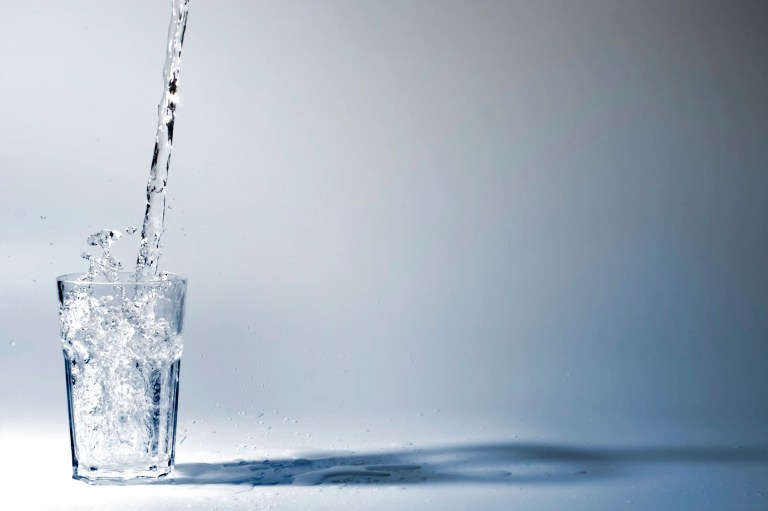
Water isn’t literally everywhere, but it is overwhelmingly abundant, taking up 332,500,000 cubic miles of the earth’s surface. H2O also comprises 60% of our bodies’…
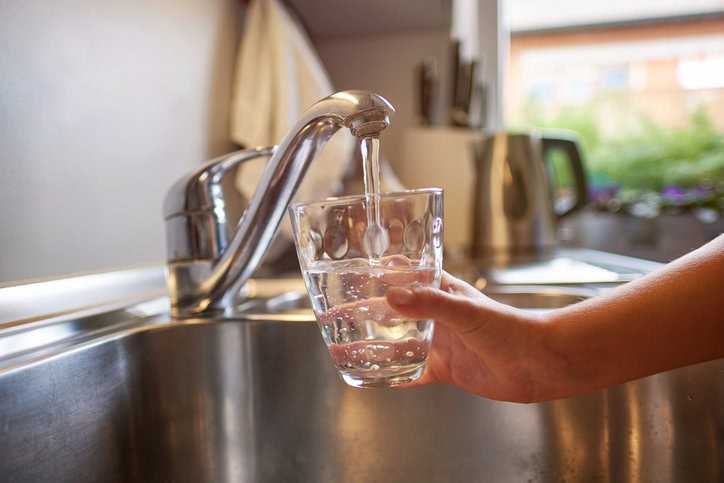
The health effects of water are of prime importance. Chemicals make water potable, letting it safely enter our bodies to keep our temperature regular, lubricate…
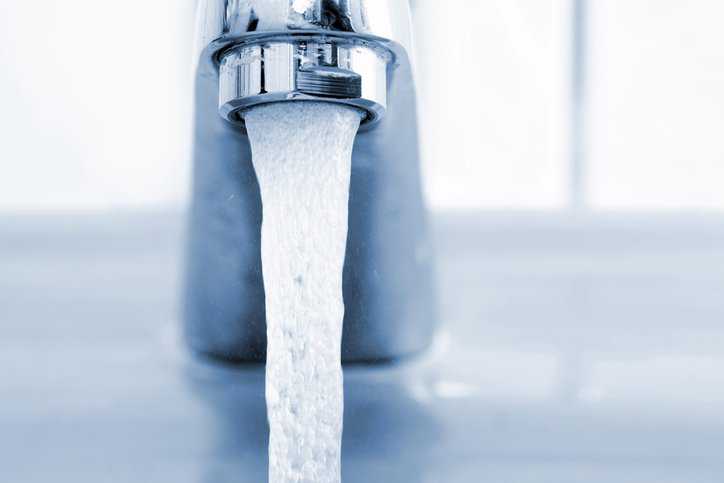
Of the many objectives at federal, state, and local levels, guaranteeing access to safe, clean water is an utmost necessity. However, many are faced with…